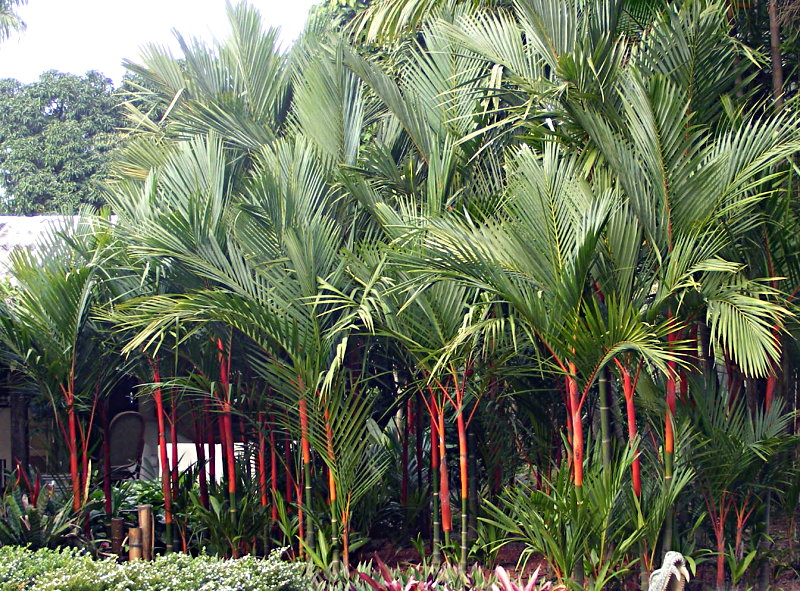Cyrtostachys excelsa
(Cyrtostachys excelsa)

Description
Stachys is one of the largest genera in the flowering plant family Lamiaceae. Estimates of the number of species in the genus vary from about 300, to about 450. The type species for the genus is Stachys sylvatica. Stachys is in the subfamily Lamioideae. Generic limits and relationships in this subfamily are poorly known. The distribution of the genus covers Europe, Asia, Africa, Australasia and North America. Common names include hedgenettle, heal-all, self-heal, woundwort, betony, and lamb's ears. Wood betony, S. officinalis, was the most important medicinal herb to the Anglo-Saxons of early medieval England. The Chinese artichoke (S. affinis), is grown for its edible tuber. Several species are cultivated as ornamentals. Woolly betony (S. byzantina) is a popular decorative garden plant. Stachys was named by Linnaeus in Species Plantarum in 1753. The name is derived from the Greek word σταχυς (stachys), meaning "an ear of grain",[8] and refers to the fact that the inflorescence is often a spike. The name woundwort derives from the past use of certain species in herbal medicine for the treatment of wounds. Stachys species are used as food plants by the larvae of some Lepidoptera species, including the moths Coleophora auricella, C. lineolea, and C. wockeella, all recorded on S. officinalis. They are also widely used by the European wool carder bee (Anthidium manicatum), which scrape the hairs from the plant in order to use them for building their nests. Cyrtostachys excelsa is an unicornal plant species described by Heatubun. Cyrtostachys excelsa is part of the genus Cyrtostachys and the Arecaceae family.
Taxonomic tree:







